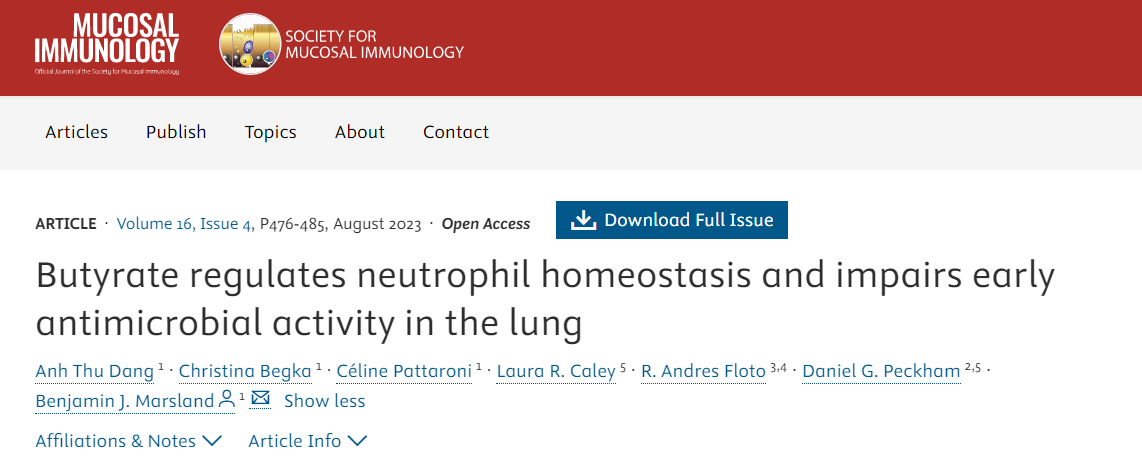ELISA kits from St John's Laboratory
St John’s Laboratory’s Enzyme-Linked Immunosorbent Assay (ELISA) kits are designed for high-sensitivity detection and quantification of target proteins, antibodies, and biomarkers across a variety of biological samples. Whether you are measuring cytokine levels, detecting disease markers, or validating immune responses, St John’s ELISA kits provide reproducible results in high-throughput plate formats, supporting reliable analysis in both research workflows.
Key Benefits of ELISA Immunoassays
ELISA immunoassay kits offer a powerful and versatile platform for detecting and quantifying a wide range of biological molecules. Their widespread adoption in research stems from several key advantages:- Exceptional Sensitivity & Specificity: They deliver highly accurate results by specifically detecting target analytes even at very low concentrations, minimising cross-reactivity and ensuring reliable data.
- Reproducible results: With standardised protocols and quality-controlled reagents, ELISA provides consistent and reproducible results.
- Versatility: From direct and indirect to sandwich and competitive formats, ELISA adapts to diverse research needs and sample types.
- Accessible & Cost-Effective: Requiring only a standard absorbance microplate reader and no other specialised equipment, ELISA kits offer a straightforward and economical solution for detecting a broad spectrum of analytes, making it an indispensable in research applications.
Different ELISA formats
Direct ELISA: The quickest and simplest ELISA format that has a reduced number of steps. This format uses a single, enzyme-labelled primary antibody that directly binds the antigen. As it has lower sensitivity than other ELISA assay formats, direct ELISA is best suited for high-abundance antigens or screening immune responses.
Indirect ELISA: A cost-effective and flexible option that uses a primary antibody to detect the antigen and a labelled secondary antibody for signal detection. More assay steps are required than a direct ELISA, but it is also more sensitive due to the signal amplification with the secondary antibody. Sandwich ELISA: Utilises two antibodies, one to capture the antigen and the other for detection purposes. Sandwich ELISA offers high specificity and sensitivity, making it ideal for detecting low-abundance targets. This ELISA format is compatible with complex or unpurified samples like serum and Bronchoalveolar Lavage Fluid (BALF). Competitive ELISA. Also known as blocking or inhibition ELISA, this versatile assay measures antigen concentration through signal reduction. A common method involves preincubating the antibody with the sample antigen, allowing binding in solution before adding the mixture to a microwell plate coated with the same antigen. If the antibody binds to the sample antigen, it cannot attach to the plate-bound antigen. An enzyme-linked secondary antibody is then added for detection. The signal is inversely related to the antigen concentration; higher antigen levels result in weaker signals. Competitive ELISA is particularly useful for small antigens that can’t bind two antibodies and works well with complex samples due to minimal processing requirements.St John’s range of monoclonal, polyclonal and recombinant antibodies supports your ELISA kit development
Sensitive detection of analytes
In ELISA formats, the detection method for primary and secondary conjugated antibodies relies on an attached enzyme that produces a measurable colour change via colourimetric analysis.
For direct ELISA, the primary antibody is directly conjugated with an enzyme such as Horseradish Peroxidase (HRP) or Alkaline Phosphatase (AP). Once this conjugated primary antibody binds to the immobilised antigen, a chromogenic substrate is introduced. The enzyme catalyses a reaction with this substrate, resulting in a distinct colour change in the solution within the microwell. The intensity of this colour, measured spectrophotometrically by a plate reader, is directly proportional to the amount of antigen present. In both indirect ELISA and sandwich ELISA formats, a secondary antibody is typically used for detection. Here, an unlabelled primary antibody first binds to the antigen (or a capture antibody). A secondary antibody, conjugated to an enzyme such as HRP or AP, is then added. This conjugated secondary antibody binds specifically to the primary antibody. This step is crucial for signal amplification, as multiple enzyme-conjugated secondary antibodies can bind to a single primary antibody, significantly enhancing the final signal. Subsequently, a chromogenic substrate is added, leading to a visible colour development. As with direct ELISA, the intensity of this colour is then measured by colourimetric analysis to quantify the target analyte. The chromogenic substrate depends on the employed enzyme (HRP or AP), and ultimately, the wavelength at which the colour change is read by a spectrophotometer. St. John's Laboratory offers conjugated antibodies suitable for various ELISA formats, supporting precise colourimetric analysis in your assay development.
Standards for ELISA kits
With high purity and lot-to-lot consistency, our ELISA quantitative standards and positive controls ensure Our ELISA quantitative standards and positive controls ensure reliable and reproducible results every time. These controls are essential for calibrating your ELISA assays, validating assay performance, and enabling accurate quantification of target analytes. By including well-characterised standards and positive controls, you can confidently compare results across experiments, detect assay variability, and maintain high-quality data integrity throughout your research.
St John’s Laboratory is here to support your ELISA development
St John’s Laboratory offers a comprehensive range of high-quality antibodies tailored for ELISA immunoassay development, including formats such as direct, indirect, sandwich, and competitive ELISA. Whether you're developing a simple detection assay or a high-sensitivity quantitative platform, our portfolio includes both monoclonal and polyclonal antibodies suitable for various experimental needs. In ELISA—especially sandwich assays—the choice between monoclonal and polyclonal antibodies is critical. Monoclonal antibodies are highly specific, recognising a single, unique epitope on the target antigen. This specificity makes them ideal for applications requiring discrimination between closely related analytes or subtle antigenic differences.
Polyclonal antibodies, on the other hand, recognise multiple epitopes on the same antigen, making them effective at capturing as much of the target as possible. For even greater consistency and performance, recombinant monoclonal antibodies are also available. These are produced from engineered cell lines that express defined antibody sequences, eliminating the variability often seen in traditional hybridoma-derived monoclonals. Recombinant antibodies offer high batch-to-batch consistency and optimised binding characteristics, which are particularly advantageous for reproducible ELISA performance. Antibody pairs are essential when developing sandwich ELISA kits as they recognise distinct, non-overlapping epitopes on the same target molecule. This ensures that once the antigen is bound by the capture antibody, the detection antibody can still access its binding site. These non-competing antibody pairs or matched antibody pairs are critical for maximising assay sensitivity and dynamic range. Visit our website for a range of St John's Laboratory's matched-pair antibodies pageMeasuring lactoferrin levels using lactoferrin ELISA kit from St John's Laboratory
In the study by Dang et al, published in Mucosal Immunol in 2023, the Lactoferrin ELISA kit from St John's Laboratory was used to sensitively and quantitatively measure extracellular lactoferrin levels in complex samples, including bronchoalveolar lavage fluid (BALF) samples.
The ELISA kit enabled precise monitoring of lactoferrin levels, a key marker of neutrophil activation and immune response. By combining ELISA data with complementary molecular techniques, including qPCR and immunoblotting, the researchers provided a comprehensive analysis demonstrating that butyrate modulates neutrophil function during infection. This integrative approach highlights the utility of St John’s Laboratory’s ELISA kits in supporting multifaceted immunological research and underscores their role in advancing understanding of host-pathogen interactions and mucosal immunity.Drug transport, inflammation, and cancer biology
Quantify ABCC4 levels to explore drug resistance mechanisms and inflammatory signalling in cancer and immune research using Human ABCC4 (ATP Binding Cassette Transporter C4) Sandwich ELISA Kit Ready-To-Use Kit (STJE0013198).
Bone metabolism, osteoporosis, connective tissue disorders
Measure serum P1NP to monitor bone formation and assess metabolic bone disease activity with high sensitivity using Human p1np (Procollagen 1 N-Terminal Propeptide) Sandwich ELISA Kit (STJE0002042).
Neurobiology and the gut-brain axis
As a key neurotransmitter, serotonin plays a vital role in mood, cognition, and gastrointestinal function. The ST/5-HT (Serotonin/5-Hydroxytryptamine) Competitive ELISA Kit (STJE0006586) enables accurate quantification to support research in neurobiology and the gut-brain axis.
Learning and Support
How to get the most out of your ELISA - St John's Laboratory Ltd
Choosing Between a Sandwich and Competitive ELISA - St John's Laboratory Ltd
Product Selection Guides
Competitive ELISA Kits | St John's Laboratory
Ready-To-Use | St John's Laboratory

